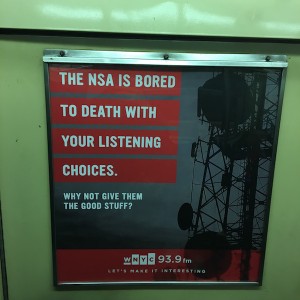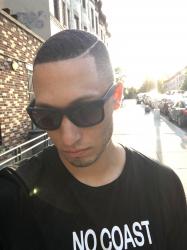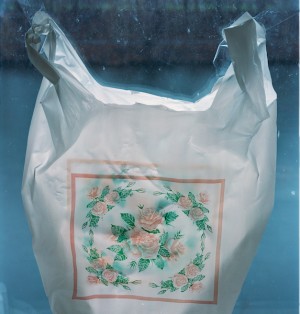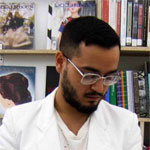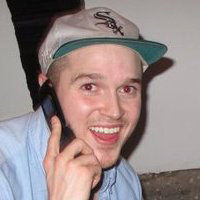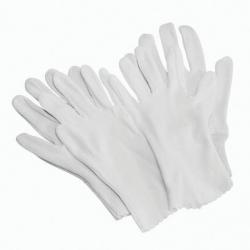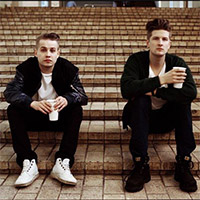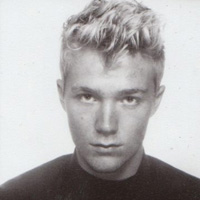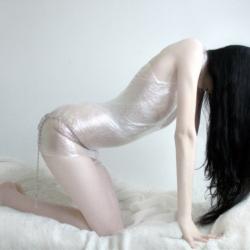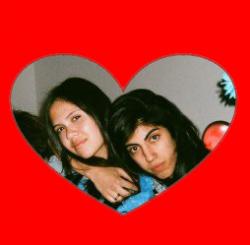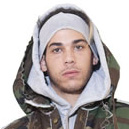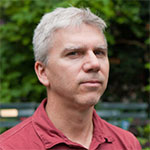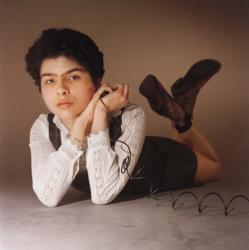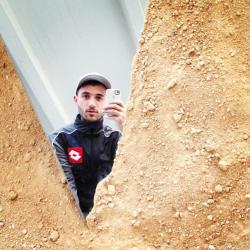Lafayette Anticipation associate curator Anna Colin talks to artist Tyler Coburn about Ergonomic Futures, a speculative project engaged with art, design, science, anthropology and writing. In this interview, Coburn discusses the research, production process and network of collaborators of a multilayered project ultimately concerned with the futures of humankind. Anna Colin: When one comes across your museum seats Ergonomic Futures (2016—) in contemporary art exhibitions—and soon in natural history, fine art, and anthropology museums—they look… [read more »]
No Need to Hunt | We Just Wait for the Roadkill
Alexander Endrullat, Burkhard Beschow, Camilla Steinum,
Dorota Gaweda & Eglé Kulbokaité, Jake Kent, Kai Hügel, Michele Gabriele
Curated by:
Paul Barsch

Installation View
It was not meant as a statement. Not at all. They just took it, mixed it, altered and extended it. They did not even care. Artifacts. Cultural objects. De facto found footage. Natural materials. … No hierarchy but full potential. Total opennesssssssss Ssssssssssssssssssss ssssssssssss ssssss
A thrilling, raspy scream that sounds exactly like a raptor should sound.
At least, that’s what Hollywood directors seem to think.
It was a nice day. Late spring. High grass. We were driving already for a long time. I was thinking about the raptors to escape the monotony of the approaching horizon. How they were sitting there, starring at us like pale teens starring at tumblr scrolls. We saw quite a lot along the road. Beautiful Birds. „You need to type this in: NO NEED TO HUNT … in the Notizbuch. Acht Drei Null Eins. You have it? … No Need to Hunt — WE JUST WAIT FOR THE ROADKILL. …… Thats how we work these days. We feed from the cultural roadkill. The birds are smart. They get fresh meat with zero exhaustion. …“
Situation A:
An Artist goes for a hike in the woods. He spots a really nice cell phone
on the ground. He picks it up with thumb and pointer to save it.
Situation B:
An Artist opens her Instagram account. She spots a really nice well stone
in the scroll. She presses with thumb and pointer to screen-save it.
(pb)

Installation View
But if it’s roadkill, who killed it?
“In general, really, a lot of things that invisibly control the structures that we interact with on a day-to-day basis are corporate intellectual property.”1
I
To work is to wait and stalk. So we start stalking, although, to be fair, we are always on prowl.
/inert and puffed up/ /aware and intent/
It is the way we work now, and so we scroll – it’s mindless scroll, but it’s also mindful scroll. We are always looking for input, always looking for content. Images and snippets of texts frame our thoughts, they become our thoughts. It is not about going just for whatever, it is about amassing information and sifting through it.
/we are not lazy. we are laid back/
Yes, we just took it, mixed it, altered and extended it. And no, we didn’t care.
I ate it, now it’s mine; i digested it, now it’s me.
/fresh meat with zero exhaustion/ is not exactly true, at least it shouldn’t be. Immaterial labour is real labour and going beyond just looking and repeating requires precision and focus. Laid back is fine, but remember, I scroll too and I can see if you’ve been lazy; in fact, I want to see you exhausted.
But in the back of our minds, always: how fresh is this roadkill anyway?
Maybe it is not that much about authorship anymore, maybe it is about ownership instead. It does not matter if you made it, what matters is if you own it. It’s not that easy to determine who made it, who appropriated or recontextualised it. The idea of ingenious artists-authors seems almost ridiculous now, yet ownership is no laughing matter. And the higher up the food chain we look, the clearer it becomes, who owns the rights.
At times it really is exhausting to wait and stalk, to be constantly on prowl, it is easy to freeze up or die of exposure. For us, working is a process of subverting, morphing and altering, with and through different media.
II
It is a process that may or may not take on a material form, but when it does –
morphing, altering, appropriating and recontextualising will be extended to materials as well. Art-objects that emerge are somewhere between raw & polished, material & immaterial, organic & industrial. In part, they seem raw and authentic, in part they are already branded even before becoming art-objects.
They can melt, drip, dry, crack, burn, reveal their grittiness, their industrial or organic origin and/or the ease with which the materials seem to have been sourced. And for a brief moment it looks as if they have managed to escape into the realm of the ’real’, but in the end, one way or another, the messiness and roughness of products and materials becomes flat, an image.
III
So what remains is a heavily mediated existence. Exhibitions have become fictional in a way, they need to be pieced together –
by looking at a variety of images online, trying to reconstruct the exhibition from the scraps of its digital existence (definitely) & by looking at the physical objects at the gallery space (maybe). Art is in the cracks, in the fiction, in-between different media.
Yet, these cracks are often visible from only so far and art gets produced within small microclimates. Like, yes, we just took it, mixed it, altered and extended it, and no, we didn’t care. But what if the force of altering and extending is not strong enough to be seen from the outside? And even though art is a place where it’s ok to want the world to end,2 there’s the sneaking doubt – what if the supposed acceleration leads nowhere and we just end up contributing to the mounds of carcasses along the road?
Text Keiu Krikmann

Installation View

Michele Gabriele, SHITTY-SLIPPY-SLUTTY (A beautiful and dangerous night), 2015 Carlson Knives (various materials, PREDATOR knife)

Michele Gabriele, SHITTY-SLIPPY-SLUTTY (A beautiful and dangerous night), 2015 (various materials, PREDATOR knife)

Kai Hügel, Iced Herbs, 2015 (various vietnamese herbs, LED light, water)

Kai Hügel, Iced Herbs, 2015 (various vietnamese herbs, LED light, water)

Kai Hügel, Iced Fire Jelly Fish, 2015 (fire jelly fish, water)
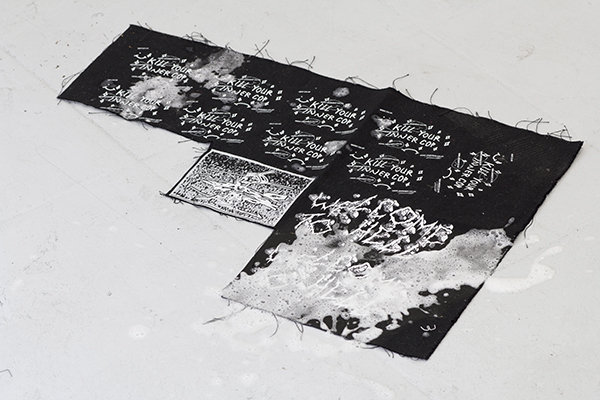
Jake Kent, Hanging out in someones else´s puddle, 2015 (silk-screened patches)

Jake Kent, Dropping the A Bomb, 2015 (digital print on silk viscose velvet, silk-screened patches, handmade tassles)

Dorota Gaweda & Eglé Kulbokaité, #CaptiveCEOsToBeReturnedToTheWild, 2015 (scarified eggplants and vinyl stickers)

Dorota Gaweda & Eglé Kulbokaité, #CaptiveCEOsToBeReturnedToTheWild, 2015 (scarified eggplants and vinyl stickers)

Camilla Steinum, Toiletpaper, 2015 (digital print on toiletpaper)

Camilla Steinum, Toiletpaper, 2015 (digital print on toiletpaper)

Burkhard Beschow, Holes, 2015 (wire, metal parts, cloth)

Burkhard Beschow, Holes, 2015 (wire, metal parts, cloth)

Alexander Endrullat, Unibody, 2015 (macbook pro welded shut)
1. http://www.artnews.com/2015/10/13/i-dont-buy-into-the-idea-of-the-grand-artist-mythos-artie-vierkant-on-his-shows-at-feuermesler-and-meslerfeuer/ ↩
2. http://artforum.com/words/id=55300 ↩





